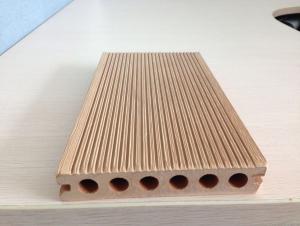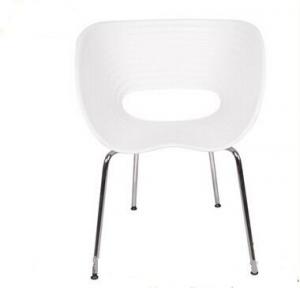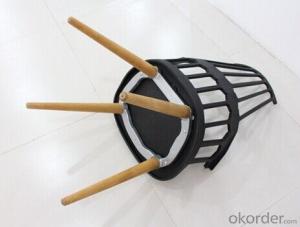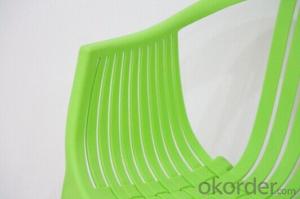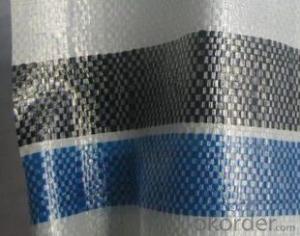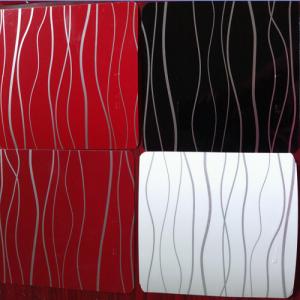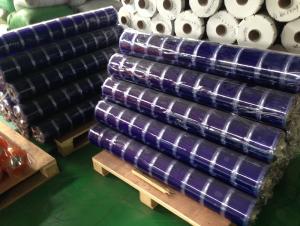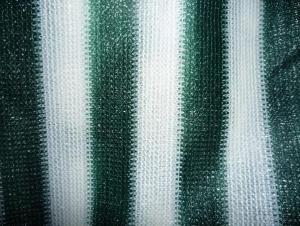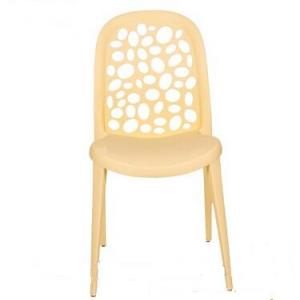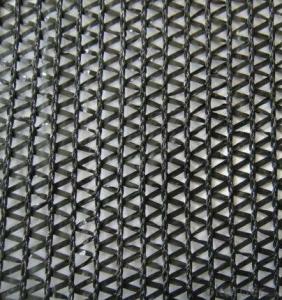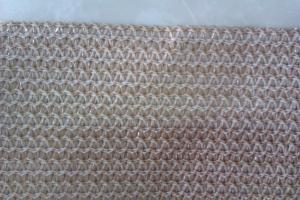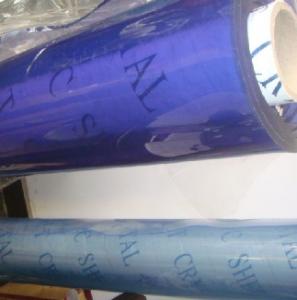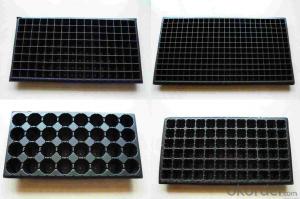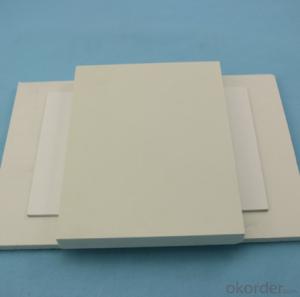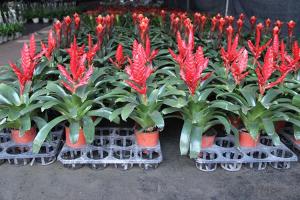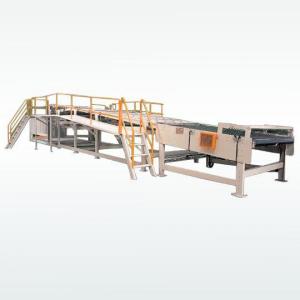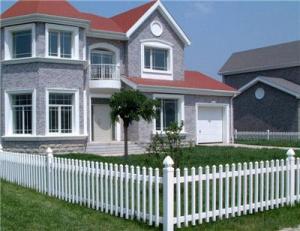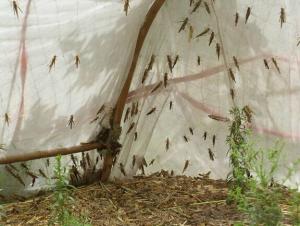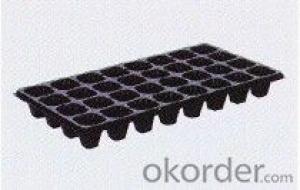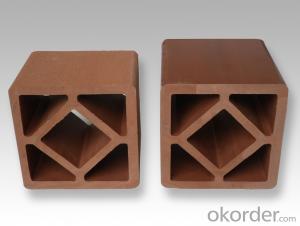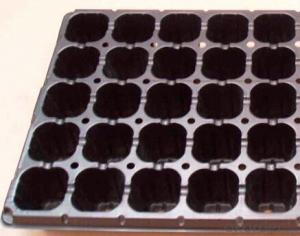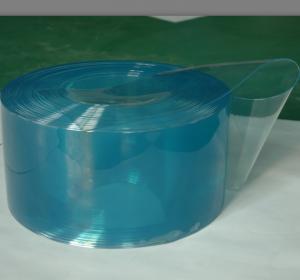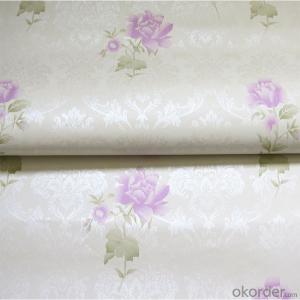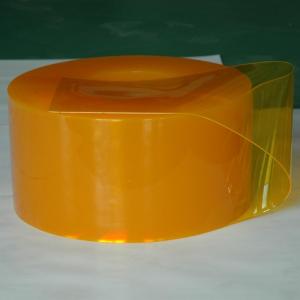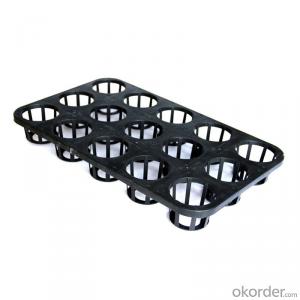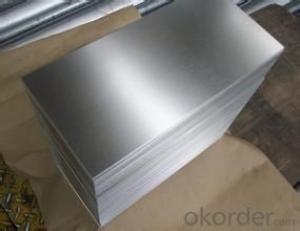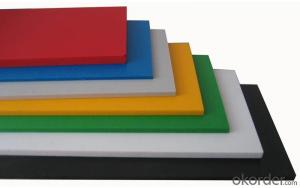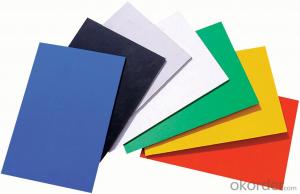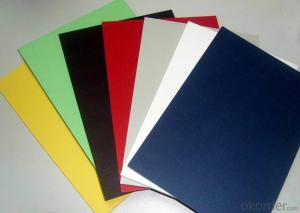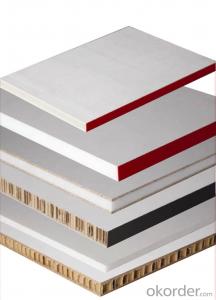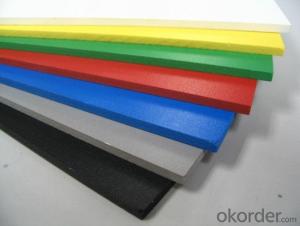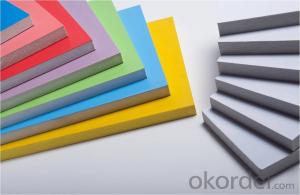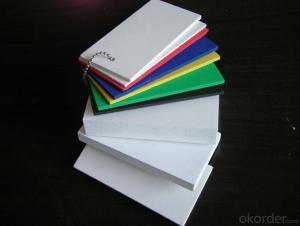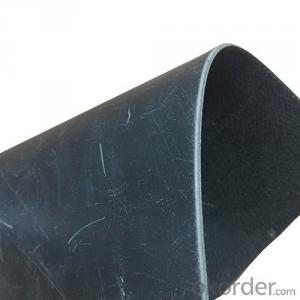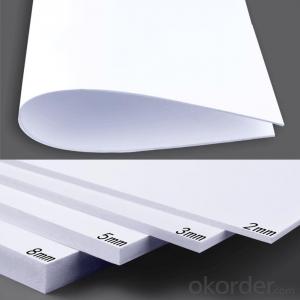Garden Plastic Sheeting
Garden Plastic Sheeting Related Searches
Garden Plastic Netting Plastic Netting For Gardens Protective Plastic Sheeting Plastic Garden Netting Uk Green Plastic Roofing Sheets Large Rolls Of Plastic Sheeting Plastic Garden Netting Fencing Buy Sheet Plastic Green Plastic Netting Black Plastic Garden Netting 6 Mil Plastic Sheeting Clear Plastic Sheets Structural Plastic Sheets Plastic Film Sheets Plastic Sheets For Sale Colored Plastic Sheeting Rolls Lightweight Plastic Sheets Flat Plastic Sheets Greenhouse Plastic Sheeting South Africa Plastic Coated Steel Roofing Sheets Garden Bench Recycled Plastic Clear Plastic Netting Recycled Plastic Garden Bench Plastic Deer Netting Garden Screen Netting 4 By 8 Plastic Sheets Plastic Sheets 4X8 Flexible Plastic Sheet Material Wavy Plastic Sheets Plastic Netting UkGarden Plastic Sheeting Supplier & Manufacturer from China
Garden Plastic Sheeting is a versatile product that is widely used in various gardening applications. It is commonly used as a protective layer for plants, a weed barrier, or even as a ground cover to maintain moisture and regulate temperature. This sheeting is made from durable materials that can withstand different weather conditions, making it an ideal choice for both home and commercial gardening purposes.The application of Garden Plastic Sheeting can be seen in various scenarios, such as vegetable gardens, flower beds, and even in greenhouses. It helps to maintain a consistent temperature for the plants, retains soil moisture, and prevents weed growth, ultimately leading to healthier and more productive gardens. By using this product, gardeners can save time and effort on weeding and watering, allowing them to focus more on nurturing their plants.
Okorder.com is a reputable wholesale supplier of Garden Plastic Sheeting, offering a large inventory of high-quality products at competitive prices. With a wide range of sizes and thickness options available, customers can easily find the perfect sheeting to suit their specific gardening needs. By partnering with Okorder.com, gardeners can ensure they have access to reliable and durable Garden Plastic Sheeting that will enhance their gardening experience and yield better results.
Hot Products
